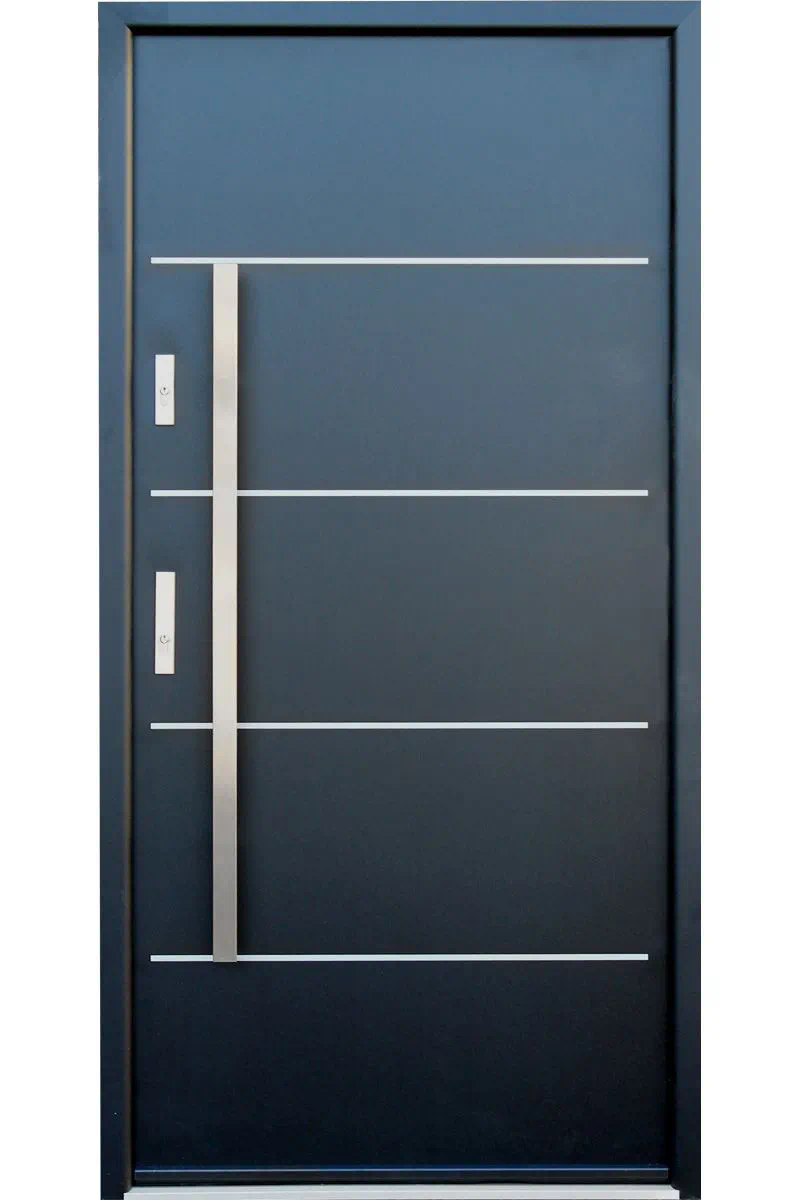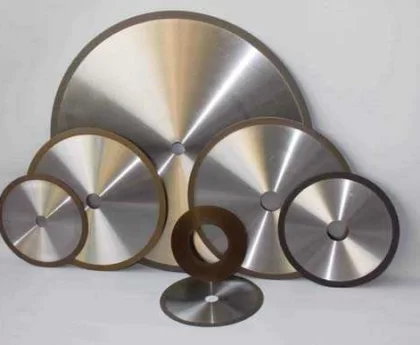The Role of Graphite Condensers in the Chemical and Petrochemical Industries
Graphite condensers are increasingly crucial components in various processes within the chemical and petrochemical industries. Their unique properties, including excellent thermal conductivity, resistance to corrosion, and ability to withstand high temperatures, make them ideal for applications requiring effective heat exchange and condensation.
Understanding the role of graphite condensers begins with recognizing their basic function. Condensers are used to convert vapor into liquid, typically by removing heat from the vapor phase. In the chemical and petrochemical sectors, where complex processes often involve volatile compounds, the efficiency of this heat exchange process can significantly influence overall productivity and safety.
Graphite as a Material
Graphite is a naturally occurring form of carbon that possesses distinct characteristics making it suitable for use in condensers. One of its most remarkable features is its high thermal conductivity, which allows for efficient heat transfer. This property is particularly vital in processes where precise temperature control is necessary to prevent unwanted reactions or ensure optimal yields.
In addition to thermal conductivity, graphite exhibits exceptional resistance to chemical corrosion. Many chemicals processed in these industries can be highly aggressive, leading to rapid degradation of traditional metals and alloys. Graphite’s inert nature means it can withstand exposure to acids, bases, and other corrosive substances, making it a preferred material for condenser construction.
Applications in the Chemical Industry
In the chemical industry, graphite condensers are commonly utilized in processes such as distillation and absorption. During distillation, separating volatile components from non-volatile ones requires precise temperature control. Graphite condensers efficiently remove heat from vaporized materials, facilitating the condensation of desired products while minimizing energy loss.
Furthermore, in absorption processes where gases are absorbed into liquids, maintaining specific temperatures is critical for maximizing absorption rates. Graphite condensers contribute to achieving the necessary thermal conditions, thereby enhancing the efficiency of these operations.
Applications in the Petrochemical Industry
The petrochemical industry, which focuses on producing chemicals from petroleum and natural gas, relies heavily on heat exchange technologies. Graphite condensers play an essential role in various stages, including the cooling of product vapors in fractionation columns. The ability to handle high temperatures and pressures makes graphite condensers indispensable in these environments.
Additionally, petrochemical processes often involve the recovery of valuable by-products. Graphite condensers facilitate the condensation of these by-products, ensuring they can be collected and reused, thereby improving the overall economic viability of the production process.
Design Considerations
When designing a graphite condenser, several factors must be taken into account to ensure optimal performance. The choice of graphite type is paramount; different grades possess varying levels of thermal conductivity and chemical resistance. Selecting the appropriate grade based on the specific application can significantly impact overall efficiency.
Channel design is another critical aspect. The geometry of the channels through which fluids flow can affect heat transfer rates. Optimizing channel dimensions to enhance turbulence can lead to improved heat exchange, resulting in more efficient condensation processes.
Maintenance and Longevity

Like any industrial equipment, graphite condensers require regular maintenance to ensure longevity and optimal performance. While graphite is durable, it is not immune to wear and tear. Regular inspections can help identify potential issues, such as buildup of deposits or erosion, which could compromise efficiency.
Cleaning procedures are also vital. Depending on the substances being processed, residues may accumulate on the surfaces of the condenser. Implementing effective cleaning protocols not only maintains efficiency but also extends the lifespan of the equipment.
Advantages Over Traditional Materials
Graphite condensers offer several advantages over traditional materials such as stainless steel or copper. As previously mentioned, the resistance to corrosion is a significant factor, particularly in environments where aggressive chemicals are present. Additionally, graphite’s thermal stability allows it to function effectively at higher temperatures without the risk of degradation common to metals.
Cost-effectiveness is another advantage. While initial costs for graphite condensers may be higher than traditional options, the long-term benefits, including reduced maintenance and replacement frequencies, often result in lower overall operating costs.
Challenges and Limitations
Despite their numerous advantages, graphite condensers are not without challenges. One of the primary concerns is brittleness. While graphite is strong under compression, it can be susceptible to breaking under tensile stress. Therefore, careful handling during installation and operation is crucial to prevent damage.
Another limitation includes the difficulty in fabricating large-scale graphite components compared to metals. Advances in manufacturing technology are addressing these issues, but sourcing large pieces of high-quality graphite remains a challenge.

Future Trends and Innovations
As industries evolve, so do the technologies that support them. Research and development in the field of materials science are leading to innovations that may enhance the performance of graphite condensers further. Composite materials that incorporate graphite with other elements could provide enhanced strength while retaining the desirable properties of graphite.
Moreover, the integration of advanced monitoring technologies, such as IoT sensors, can provide real-time data on the performance of graphite condensers. This information can help operators make informed decisions regarding maintenance and operational adjustments, ultimately leading to improved efficiency and reduced downtime.
Conclusion
Graphite condensers play a pivotal role in the chemical and petrochemical industries, providing essential functions that contribute to process efficiency and product quality. Their unique properties, including thermal conductivity, chemical resistance, and durability, make them an invaluable asset in various applications.
As industries continue to seek ways to optimize processes and reduce environmental impacts, the demand for efficient heat exchange solutions like graphite condensers will likely grow. By understanding their importance and addressing the challenges associated with their use, manufacturers can harness the full potential of these innovative components in their operations.
In summary, the role of graphite condensers in the chemical and petrochemical industries cannot be overstated. They not only enhance operational efficiency but also contribute graphite condenser heat transfer coefficient to sustainability efforts by enabling the recovery and reuse of valuable resources. As we move forward, continued advancements in materials and technologies will undoubtedly solidify the position of graphite condensers as a cornerstone of modern industrial processes.
https://iflatiron.com/





